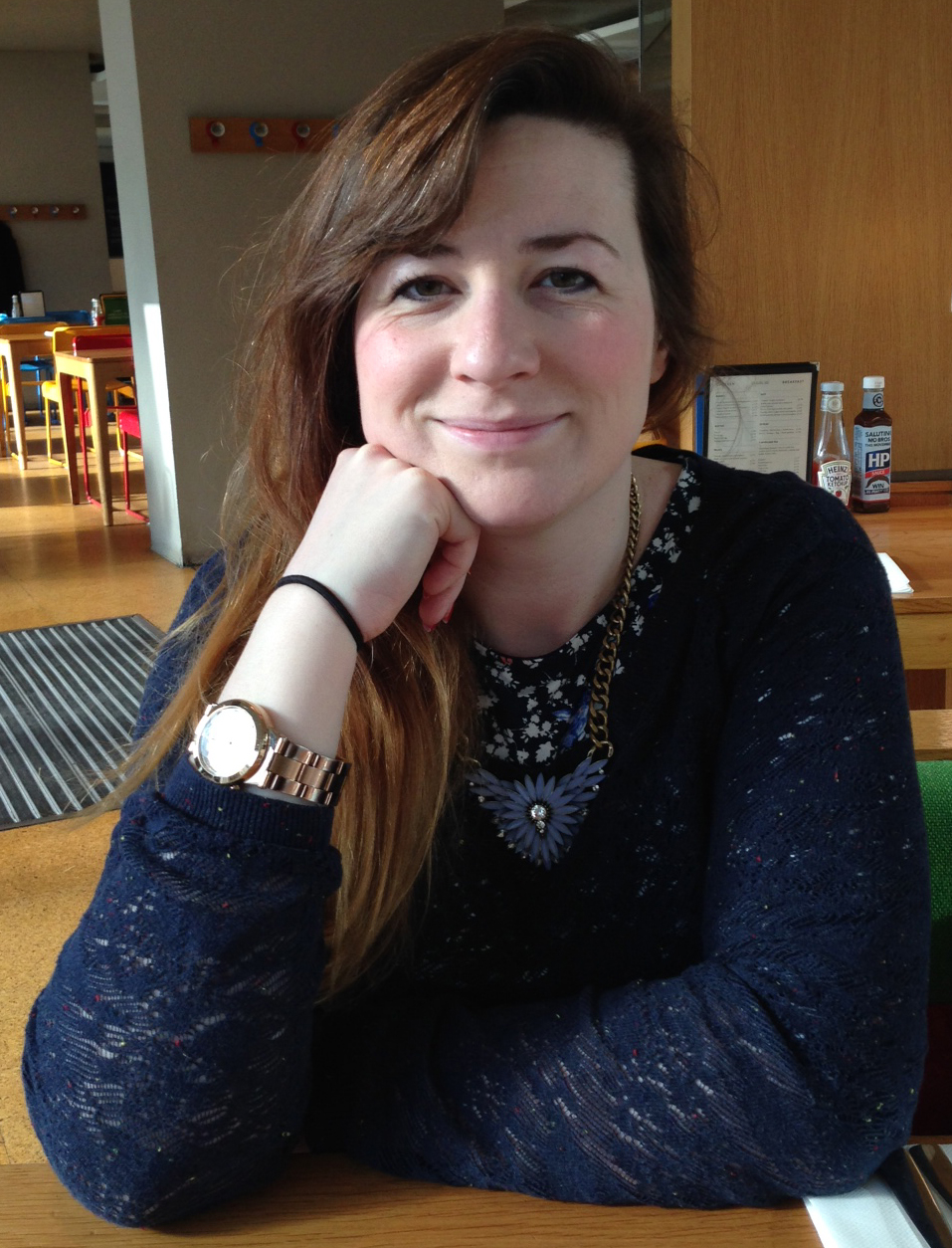By Jo Fliski
The appeal of Harry Potter, I feel, is magic. Real, honest magic, the magic children are consumed, enraptured and engaged by. The same principle can be found in Lewis’ classic – it is after all, a story about magical lands, friendship and moral dilemma – the core of any Potter book. Stylistically, The Lion, the Witch and the Wardrobe has a lovely whimsical storytelling prose that instantly engages readers and begs to be read aloud in the classroom. Peter, Susan, Edmund and Lucy belong to the society our pupils ought to belong to, one that evolved through evenings playing outside, nature, companionship and adventure. In many ways the novel is as cotemporary as Harry Potter, despite it being written in the 1950s. A good story, after all, is always a good story. This one discusses war, abandonment and a new world order.
The best bit, though, is the central metaphor of this magical world; a world hidden in the back of an antique wardrobe, past old fur coats and into a winter wonderland. This concept cannot fail to engage pupils and could lead to some insightful discussions – perhaps even Speaking and Listening Assessments (download a free activity). How often are pupils really asked their opinion? Yet pupil voice is a key part of all literacy lessons. Teachers could start a Speaking and Listening discussion or presentation task by asking pupils what their own world beyond the coats would look like. Who would be there? What would the rules be? With a more able class I would be asking about social hierarchies and ruling classes, about ethos and morals. As war is a central theme in the novel I would take the chance to talk about issues in today’s media – Syria and Ukraine – what happened? How would we survive in these war-stricken worlds? How do you avoid war in your own new world within the wardrobe?
These discussions could then be expanded into pieces of narrative or descriptive writing, allowing pupils to revise language devices and study Lewis’ use of the same. Not one to miss a trick, I would ask pupils to create a beautiful wall display – a wardrobe full of the writing pieces on hangers.
The Lion, the Witch and the Wardrobe is the perfect classroom reader: adventure-packed and suited to both sexes. It also encourages further reading as the Narnia chronicles stretch out in front of the pupils. I also really like the idea that pupils are reading novels that their parents read; the power of the enjoyment of a shared text can never be underestimated.
Jo Fliski is a teacher of English, Media and Drama at Lliswerry High School as well as being Head of PSHE. She a freelance writer and author for HarperCollins Education.



